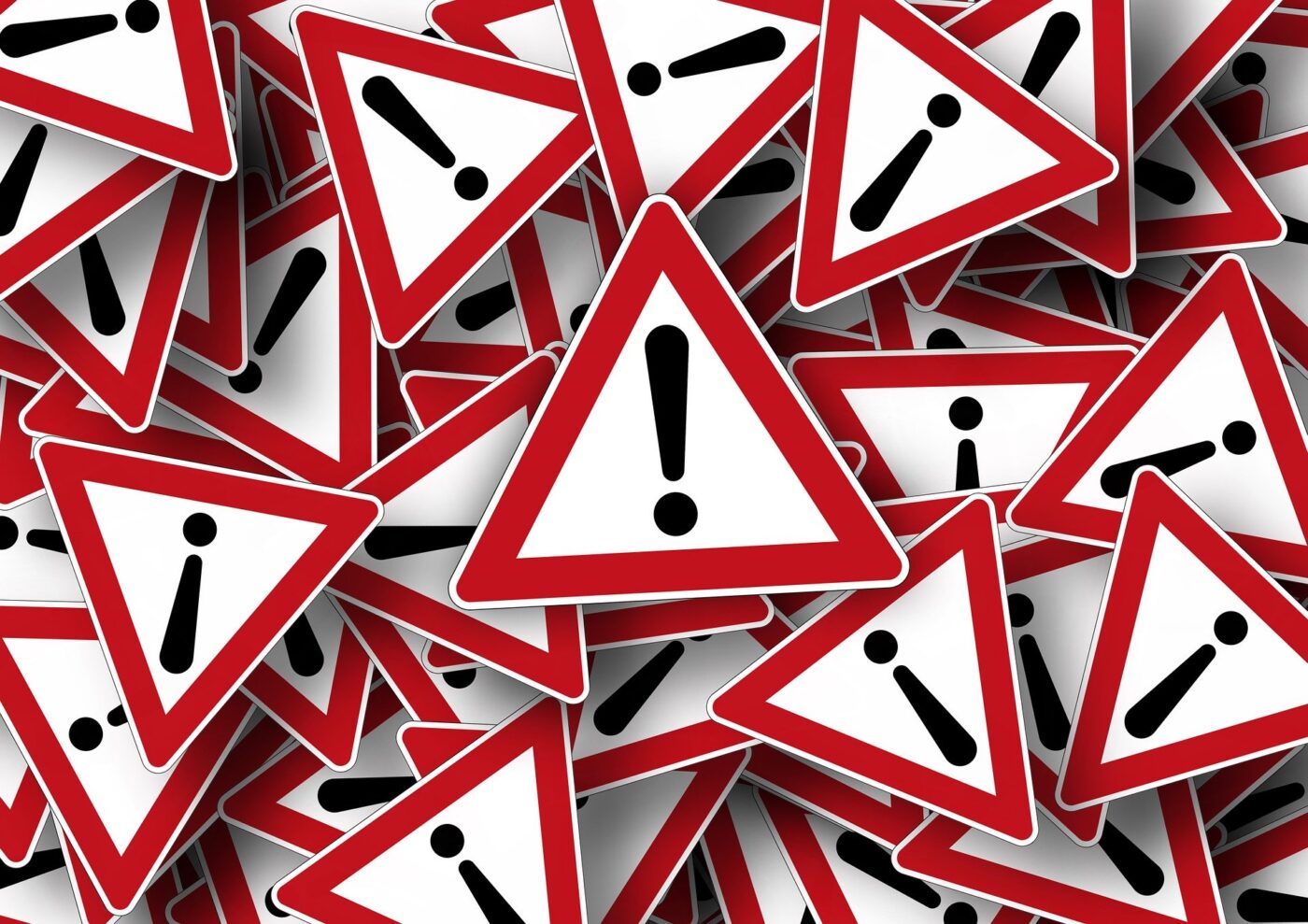Early Warning – Alarm in the Social Web

- Real crisis prevention means avoiding shitstorms through Social Media Monitoring
- The early-warning case has to be defined clearly
- Distinguishing features are explosive power of content and spreading
- There are clear features of when early-warning must be pronounced
- Processes have to be settled before, the actual reaction ad hoc
- Even a candy storm warning offers clear benefits
AUTOMATED ALERTS VS HUMAN INTELLIGENCE
The “shitstorm” or the positive counterpart “candy storm” are famous phenomena of social web. An emotional wave of indignation or joy and approval can be identified very fast through professional Social Media Monitoring. Many tools offer automatic alerts for such cases, which are bound to premiums in relation to the average of a certain time period (“high mention alert”).
In case of a shitstorm following applies: It should better not even get to it. Even if shitstorms are barely predictable, certain processes and statements of a company or person would prick up a social-media-analyst’s ears. A wave of indignation hardly emerges through something new, but through something well-known – however, it is communicated by e.g. a person who has many followers and listed on a platform that reaches many users.
The best early-warning is insofar the one, that indicates grievances, which hold a potential crisis, early and persistent – independent of the number of critics. This cannot be done by machine or automated and shows a boundary of entirely tool-based monitoring. It requires human intelligence of experienced analysts, who have a flair for communication, know the industry and support a company or brand over an extended period.
EARLY-WARNING DEFINITION
In any case it is important to define an early-warning case. When deciding whether an early-warning should take place or not, there are two factors that play an important role: the explosive nature of the content and its spreading.
A discovery is critical or highly charged, if:
- The reputation of the client and/or of persons related to the company (e.g. employees) is at risk.
- Notifications are published, which could have a negative effect on the business of the company or that include serious accusations/critics.
- Wrong information is (possibly) being published.
- Employees show misconduct (which includes e.g. that they speak publicly for another company or publish inappropriate “private” pictures).
- Brand rights or personal rights are violated by employees.
- The safety of people is at risk.
Naturally, other incidents can be reason for early-warning. This is up to the social media analysts.
WHEN SHOULD EARLY WARNING BE DELIVERED?
The following references can help on judging the level of dissemination or virality.
- How famous or influential is the website, on which something was published?
- How famous or influential is the author (measurable on the number of followers/fans/subscribers, social media channels)?
- How many reactions did the article cause yet? (comments, shares, retweets etc.) And how did the advent develop? (upward, constant, downwards after a peak)
- On how many websites can one find the content?
EARLY WARNING CASE: WHAT NOW?
Central to each effective crisis prevention is the priori definition of processes for crisis situations. For the case of alarm in social web it must be determined in advance who exactly is informed in what way and which next steps should be taken.
How or whether to respond, must be decided individually. Not every shitstorm was really bad afterwards, some even had positive effects. However, while the processes must be defined, the reactions should not be predetermined – this would probably provide a new “scope for attacks”.
Even monitoring or listening must be prepared for an early-warning or crisis situation and must then be able to continue monitoring the topic in atypical time and days (e.g. Sundays, holidays) and also report target-oriented – situational and case specific.
CANDY STORM WARNING, WHAT FOR?
It remains to be clarified why one should define and implement an alert for very positive developments.
A possible example is a campaign, under which a specific budget or a specific premium is used for customer acquisition. Should such a campaign run “too good”, the budget could be overstimulated. We also had once the case where an awarded non-monetary bonus was not available in sufficient numbers, because the campaign was going so well. Result: Many new customers felt misled or had at least right at the start of the business relation a negative impression.
A candy storm warning is also very expedient to use the positive aspects directly and to strengthen it. Basically it aims to evaluate the “positive wave” even more analytically and determine the reasons for the success clearly – and to be of use in the future.


